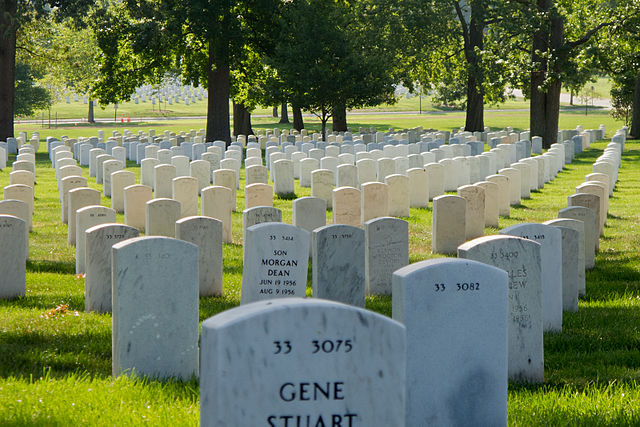Generations of American families have grown up not knowing exactly what happened to their loved ones who died while serving their country in World War II and other conflicts.
But a federal lab tucked away above the bowling alley at Offutt Air Force Base near Omaha and a sister lab in Hawaii are steadily answering those lingering questions, aiming to offer 200 families per year the chance to honor their relatives with a proper burial.
“They may not even have been alive when that service member was alive, but that story gets carried down through the generations,” said Carrie Brown, a Defense POW/MIA Accounting Agency lab manager at Offutt. “They may have seen on the mantle a picture of that person when they were little and not really understood or known who they were.”
Memorial Day and the upcoming 80th anniversary of D-Day on June 6 are reminders of the urgency of Brown’s work.
The forensic anthropologists, medical examiners and historians who work together to identify lost soldiers are in a race against time as remains buried on battlefields around the globe deteriorate.
But advances in DNA technology, combined with innovative techniques including comparing bones to chest X-rays taken by the military, mean the labs can identify more of the missing soldiers every year. Some 72,000 World War II soldiers remain unaccounted for, along with roughly 10,000 more from all the conflicts since. The experts believe about half of those are recoverable. The agency identified 59 servicemembers in 2013, when the Offutt lab first opened. That number has steadily risen — 159 service members last year, up from 134 in 2022 — and the labs have a goal of 200 identifications annually.
Stars and Stripes has more here















